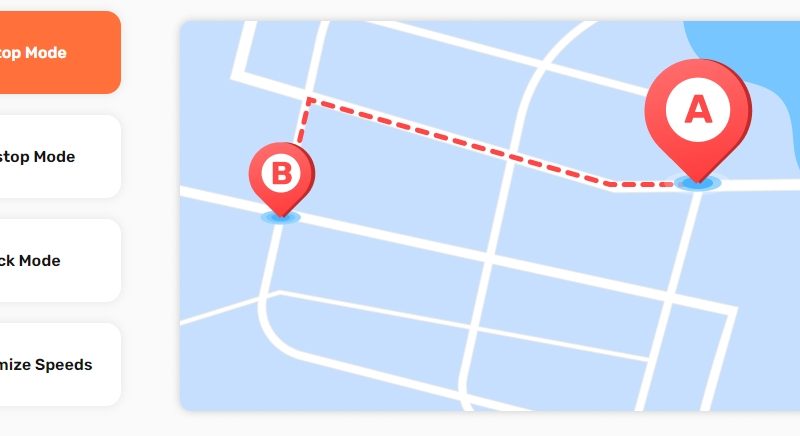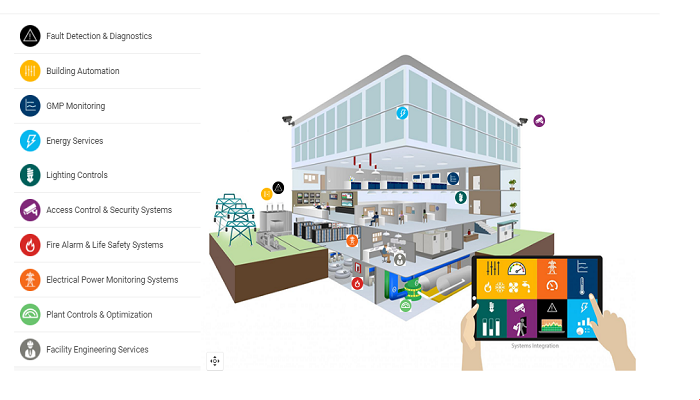Ways to Boost the EDI Inventory Management Process

EDI software has been in use for decades, and it can improve the process of warehousing inventory at many businesses. However, a partnership between software and hardware to create EDI will change the current business models and make warehousing more efficient than ever. This article offers tips for choosing what computer hardware would work best for you during the process of integrating your inventory with EDI software!
What are the benefits of EDI integration?
Besides the obvious benefits of being able to work across devices and the greater efficiency in reporting, the main advantage of automating your inventory management is getting a much clearer picture at once of where you stand on important things like availability and demand that can help your company make better-informed decisions.

To enhance the customer experience, EDI integrates huge amounts of data into a customer’s online purchase history. There are still many brick-and-mortar stores that fall behind their digital competitors by relying on outdated software and systems, which results in dissatisfied customers. Edi-integration differs from simple web integration. It enables two different entities to share information in a centralized and organized manner, allowing for the user to easily pick up a product’s location or price without having to leave the dashboard. Progressive companies can also gain a competitive edge by reducing the costs of working with multiple integrators as a result of these integrations as well.
Implementing EDI commodity management does not have to take a lot of time and energy, as long as certain channels are used. Using mobile applications and mobile services together with sales managers is a key step that will allow more transactions to occur. Integrating your company with EDI can help you take full charge of your inventory management process to boost profitability. If you integrate your online and offline systems, you will have access to powerful marketing tools that offer opportunities for branding, analytics, and more. EDI services span across most consumer care categories, and with their wide-ranging services, have and will expand the reach of consumer interactions with brands from around the globe. The EDI ecosystem is 4.7 billion-person strong. This diversity provides inherent opportunities for companies to boost brand awareness with a much wider audience and to drive higher ROI as opposed to expanding marketing budgets alone.
How to use cloud EDI software
There is a growing number of companies that contract their EDI outsourcing services, and their procedures can be hugely beneficial to other businesses. From loyalty management strategies to account reconciliation, online digital platforms give a new dimension to optimizing company operations.

Cloud EDI software has become popular in the market to support inventory management because it offers many benefits. These benefits include flexibility, scalability, automation, and a wealth of expertise. With a fundamental understanding of the use of cloud EDI software for your business, you can now boost its success. In order to improve the point of sale resolution rate and get rid of errors your business can have, you must use cloud Edi software to help you properly manage the inventory process. Cloud Edi Software makes sure that you organize your inventory from any location, track the materials sold, and keep your customers satisfied with up-to-date ECRs.
A cloud EDI software is an electronic disbursement inventory management system. They are easy to set up and use, as well as efficient for managing multiple catalogs over a widespread network. And with the cost savings, it has become more competitive for retailers to choose a cloud EDI system. Even bigger retailers like Apple use them because they help them be more flexible when it comes to workflow and scheduling certain store items.
Considerations for choosing an EDI inventory management solution
Today’s marketplace is saturated with inventory management solutions and many organizations are either operating without or not using an automated solution. There are a few main differences among inventory management solutions as well, with regards to software selection/discovery, vendor support and training, deployment services, and features.
Choosing an implementation strategy
Edi Inventory Management must have a strategy. What is the best approach? Your company has to decide that and implement that strategy. While there are many approaches, it needs to be integrated with existing practices as much as possible. For example, if your organization uses EDI, choose an implementation strategy that’s compatible with the company’s existing technology stack.
How to implement and maintain a successful EDI system
Managing inventory becomes easier when there is a centralized and structured system in place. With reliable lists of items, it’s easy to see what the best strategy for your company is in managing the value stream. Structured inventory management and tracking will allow you to quickly answer questions about what you have on hand. You’ll also be able to take advantage of new opportunities as they are presented to you. To begin the process of implementing and maintaining your EDI system, you must first be well-versed in how the system operates. Do research in order to be knowledgeable on the various facets of managing an inventory. The days are gone where computers just scan barcodes. The purchase cycle is now a major part of the process, a factor that should not be overlooked. Other major developments include analytics and development tools along with mobile devices and management software. There are a lot of variables that need to be made and addressed in order for us to successfully implement an inventory management process for our school. Whether we’re doing system-wide, faculty, class, or unit inventory, there are various aspects that need to be addressed including leadership support; staffing calendar/hourly breakdown detailed resource schedule; materials list/inventory plan; and budget. Certain ideas may work well in one environment while they may not work as well in another.






